For three decades—since the Viper—Dodge has increasingly conjured images of fire-breathing Hellcats, tire-shredding Demons, and rumbling Hemi V8s that could soundtrack an earthquake. It’s a brand built on brawn—on excess, not dependability (a word Dodge invented), safety, value, or efficiency. Yet, data shows time after time that dependability, safety, value, and efficiency are the biggest drivers of customer demand; after all, Toyota is the world’s largest automaker today.
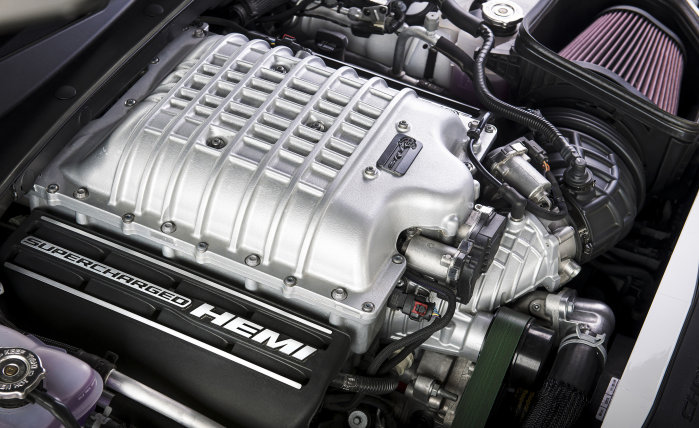
Recently, Dodge’s leaders have decided they’re tired of paying billions to Tesla for the right to burn all that gasoline. Their decision dovetails with the increasing difficulty of getting hemi-heads to meet ever-more-stringent NOx limits.
Can Dodge’s muscle-car machismo translate into the era of EVs and six-cylinders, even if the six-cylinder cars are actually more powerful than the V8s they’re replacing? Social media proclaims “no!” in large letters; so do a small but vocal number of enthusiasts on various forums and in web site comments.
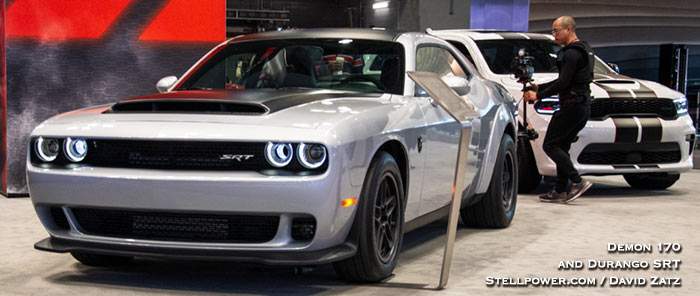
Dodge hasn’t exactly been a champion of fuel economy. Their 2023 lineup was almost 100% muscle-cars, and while the Charger, Challenger, and Durango all started with a V6, that’s not what any of them were known for. Indeed, most people associate Dodge with one single attribute—engine power. It’s been the clearest aspect of Dodge’s lineup since the Dart and Journey left (not counting the Jeep/Alfa based Hornet, which is neither expected nor meant to be a big seller).
Brand image is a stubborn beast. Mention “Dodge” to the average car buyer, and they’ll likely think of a whistling, rumbling Hellcat, not a dependable, safe, silent, and efficient car, even if that silent car is just as fast (or if the Hellcat is also dependable and safe, which it seems to be).
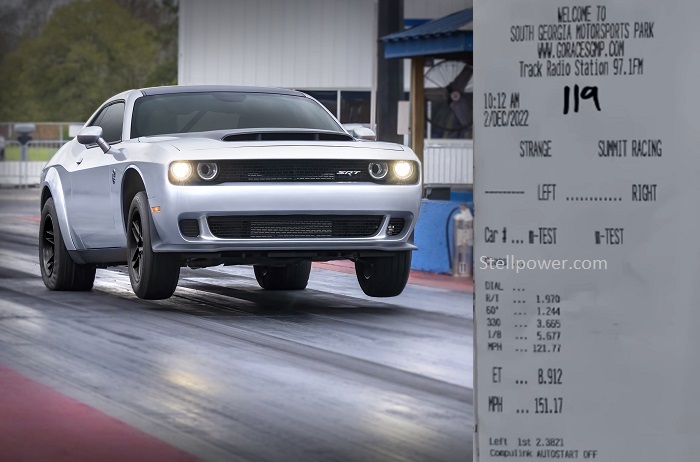
Dodge isn’t oblivious to this challenge—the Charger Daytona Banshee concept is more “electrified muscle” than “electric car.” It’s a bold statement, but does it bridge the gap, or widen it? Will the muscle car faithful embrace a battery-powered beast, or scoff at the lack of a rumbling V8 soundtrack?
From Internet comments, it seems that many of the Dodge Faithful are dubious at best about electric cars, period. Reading through the comments, one gets the idea that the moment the Charger Daytona is launched, every Dodge buyer will not just leave the dealership, but burn it down behind them. (Their comments also suggest that since all electric cars catch fire after five minutes, their help won’t be needed.) Some people out there have a visceral reaction to electric cars—probably ingrained from hack writers, like the idea that Thomas Edison stole his inventions from Nikolai Tesla, though nobody can name one.)
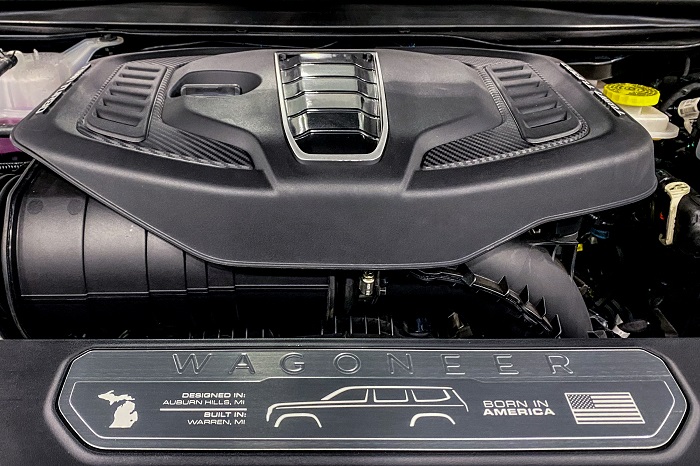
The six-cylinder story isn’t much rosier. While the new Hurricane Six, a 3-liter in-line engine, has more power and torque than the matching Hemi V8s, it doesn’t sound the same; and, what’s worse (for image), it gets better mileage. The basic arguments against the inline six are:
- It’s more complicated (because of the twin turbochargers, though the base engine is less complicated because it’s an inline six rather than a V8).
- Turbocharged engines don’t last (except Cummins diesels).
- It will actually have lower mileage in reality.
- Turbo lag.
- It doesn’t sound the same, so I don’t care how much more power it makes.
- I just need a V8. I’ve always had a V8 and I won’t try something new.
So, can Dodge hold onto its customers without the Hemi V8? To do that, Dodge needs to expand its customer base by expanding what the marque stands for.
It’s taken Dodge over a decade to lose all customer associations other than “makes powerful engines.” While a six cylinder can be (and is) more powerful than a V8, it might not be enough for the emotional associations which are how most people make decisions. “Better gas mileage” is the wrong message for many in the current Dodge group. The Charger EV is not going to speak to the Dodge faithful until they get one on a drag strip and easily outdistance both a Hellcat Charger and a Tesla Plaid. Indeed, every mention of the EV drowns out all their past communication about the twin-turbo Hurricane Six.
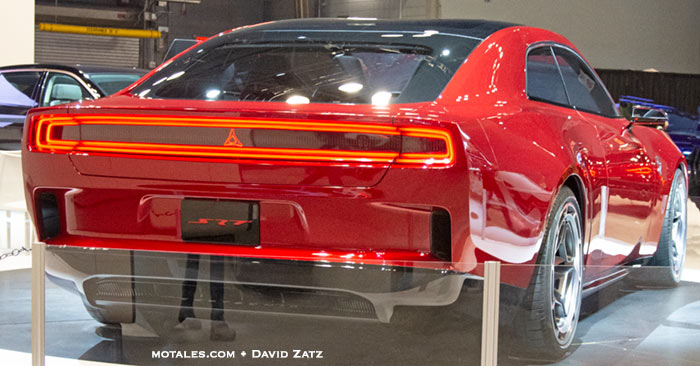
Expanding how people think of Dodge will literally take years of both money and effort. That may include reaching out to the fanbase directly, and to influencers, including older ones who work on old media such as forums and informal Mopar news sites. Mainly it will take marketing that is quite different from what Dodge has been doing to this point.
Knowing that Dodge is mainly seen as a muscle car brand, largely because all it’s sold for a few years has been muscle cars, means you know the limits. Outside Dodge’s fanbase, people associate muscle with bad handling and guzzling fuel, so despite the actual worth of the Challenger’s handling or the Charger V6’s gas mileage, Dodge will not get credit for either. Likewise, many have indelibly stamped “V8” over “muscle” because that’s the way it’s been, in the United States at least, for the past few decades.
The road ahead won’t be easy. But if Dodge can navigate the tightrope, give up a little control over how their message is delivered to make sure it is delivered, and keep their customer research at the forefront of their efforts, they might just surprise us.
Dodge’s biggest challenge might be rewriting their own rulebook. Only the future will tell if they are successful enough to expand.
Thanks to Aldo Martin, a vice president at market research and analysis firm Panalytics, for his substantial help with this story.